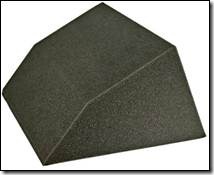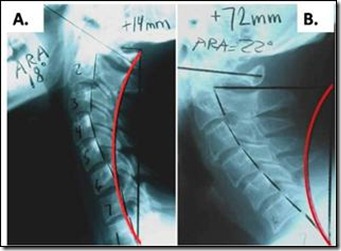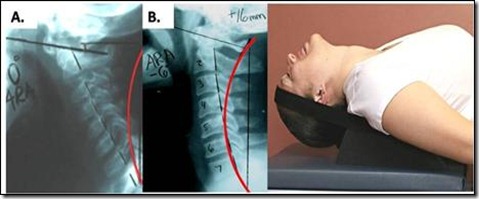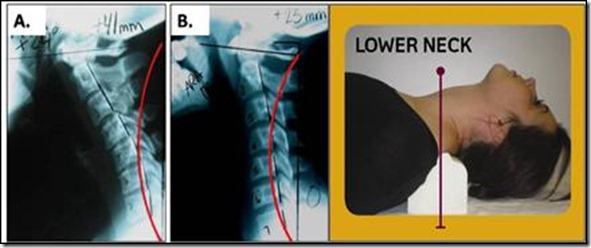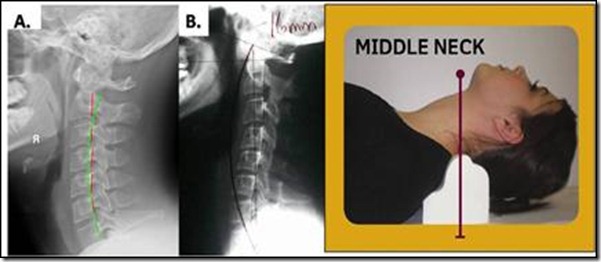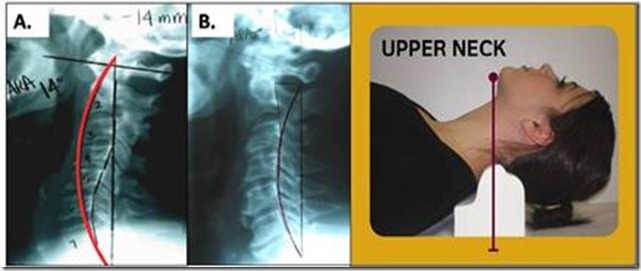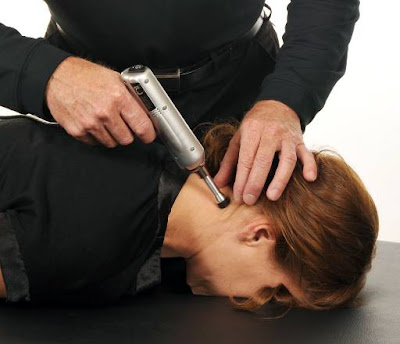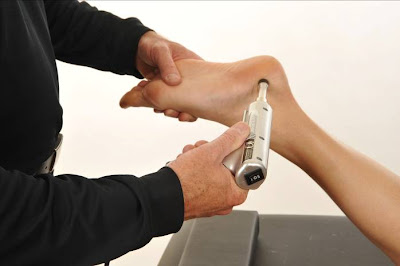CCE “Cartel” is at it Again
 Wednesday, September 15, 2010 at 3:01PM
Wednesday, September 15, 2010 at 3:01PM PRE PRESS-RELEASE ARTICLE
Dr. Joe Betz, B.S., D.C
ICA Board Member,
PCCRP Board Member
Private Practice Boise, ID
Idaho Chiropractic Association Board Member
CBP Instructor
INTRODUCTION
Few organizations dictate the direction of the Chiropractic profession more than the Council on Chiropractic Education (CCE). CCE is the agency recognized by the U.S. Department of Education for accrediting schools offering the “doctor of chiropractic” degree. The CCE along with the National Board of Chiropractic Examiners (NBCE) really dictate what will be taught at a chiropractic college. However, to say that certain actions by CCE have been controversial over the years is an understatement. Furthermore, to insinuate that CCE acts as an impartial entity not biased in any one direction is ridiculous.
As an example, CCE viciously attacked Life University’s accreditation, several years ago now, leading to a hearing on June 6, 2006 where CCE and the incestuous nature of the organization (and affiliates) were referred to as having “cartel” control over the profession. Dr. Denardis, as one of the individuals hearing the case for the National Advisory Committee on Institutional Quality and Integrity stated,
“Battles over turf, battles over philosophy, maybe battles over personal ambition, but divisions of every kind. And some of this, maybe most of it, is a consequence of, at least as I see it, a monopoly control of a profession which has led to the establishment of a virtual cartel…”
The essence of the above quote pretty well sums up our profession. The cartel control of the profession breeds the bitter battle mentality that we deal with on a regular basis. It is the minority at the top (‘cartel’) demanding it be their way or the highway that breeds the internal problems in our profession. The majority (the rest of us in the Chiropractic Profession) is obviously sick of it; suggested by the fact that most of the profession will not join a national association.
CURRENT PROBLEM
Now the CCE is at it again. The CCE has “Standards” which are used to determine if a Chiropractic school can obtain accreditation. These Standards are a necessity to have guidelines for judging whether students are being prepared to practice responsibly. It so happens that the CCE Standards are being re-written and have been available for review and comment until September 24, 2010; though most of the profession has not been made aware of this?
There are 4 basic components of the proposed Standards that have brought on the ire of much of the profession:
- A proposal to expand the degree programs accredited by the CCE beyond the D.C. degree to “equivalent” degree offerings
CCE has taken an unprecedented step by declaring that they can offer accreditation for degree programs other than the DC degree. To top it off, these “other degree equivalents” are determined by CCE! This has long been a goal of the “Chiropractor as Primary Care Physician” camp. National University already uses the phrase “Doctor of Chiropractic Medicine” (DCM) on its website and in describing its program within CCE materials. Again this is the next step to push for tiering of the profession. And now the CCE seems to be conspiring in this goal.
- The elimination of any and all references to the concept of subluxation, vertebral subluxation or vertebral subluxation complex
One would think that identifying subluxation and correcting subluxation would be an important part of a chiropractic education program. Apparently CCE doesn’t agree. All references to subluxation have been removed from the proposed Standards. A school no longer needs to teach its students to take an X-ray, learn about subluxation or even how to adjust a patient!
- The elimination of the section addressing the “Purpose of Chiropractic Education” which includes the references to the profession being oriented toward health care “without the use of drugs and surgery.”
Should chiropractic colleges teach that chiropractic is a drug free healing profession? CCE no longer thinks so. This and other very important “identity” elements have been removed from the requirements under one of the most important sections of the current Standards describing the “Purpose of Chiropractic Education”. Apparently the CCE wants the profession to get in on the pharmaceutical game. Could this be driven by monetary incentives or future prospects of the $$$$ to come our way by dishing out the internal organ destructive candies of our era? I’ll let the reader decide.
- The modification of the term and definition of “Chiropractic primary care physician”
The proposed Standards have shifted the image of a DC from a “primary care Chiropractic physician” meaning portal of entry, able to diagnose doctor to “chiropractic primary care physician” meaning primary care physician in the traditional medical sense referring to MD’s and DO’s. This theme is obvious throughout the changes in the Standards.
DISCUSSION
The four changes presented above amount to an unprecedented attack on Chiropractic as a drugless healing profession focused on adjusting a patient’s spine. CCE appears to be pushing for a segregated profession where some colleges can teach pharmacology (with the intent of prescribing), surgical procedures, etc. all under the guise of a fabricated “Doctor of Chiropractic Medicine” (DCM) program. Then these DCM’s can go practice (and be certified by the state) as an “advanced” chiropractic physician in New Mexico.
The assault on our profession from within has reached unprecedented levels. If the silent majority does not speak up and do so very quickly, the chiropractic profession as we know it will cease to exist. You can no longer go into your practice and just adjust your patients and go home. You need to work to protect what we have inherited. It is our responsibility.
CALL TO ACTION
First, please join your state association, ask what you can do to help them, and request that they oppose this cartel’s actions. Second, join a national association that represents your interests and request that they respond to this cartel’s actions.
We’ve heard this so many times, but now it rings louder, clearer, and with more certainty than ever: A divided profession topples over at the slightest push, but a united profession can resist most all forces and stand the test of time. If the majority of the Chiropractic profession belonged to one of its associations, said association could speak with strength, power and certainty and have the where-with-all to back it up.
References of Interest
- Click here to view the full text of the latest version of the proposed CCE Standards online:
http://www.cce-usa.org/uploads/Draft__2_Standards_Combined.pdf - ICA and CBP Researchers have developed model comments on the CCE new proposed Standards. Please click here to view these model comments:
http://members.chiropractic.org/asset/docs/MODELCCECOMMENTS.doc - Dr. Gerry Clum (President of Life Chiropractic College West) has succinctly summarized the CCE proposal in the following clipping from his positional paper found at http://www.lifewest.edu/ccerevisions.shtml
 CBP Seminars | Comments Off |
CBP Seminars | Comments Off | 



